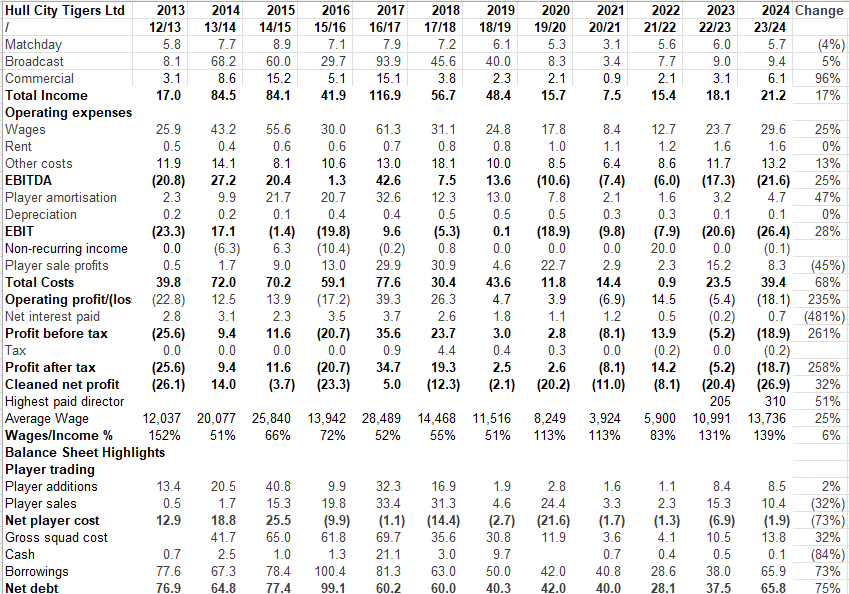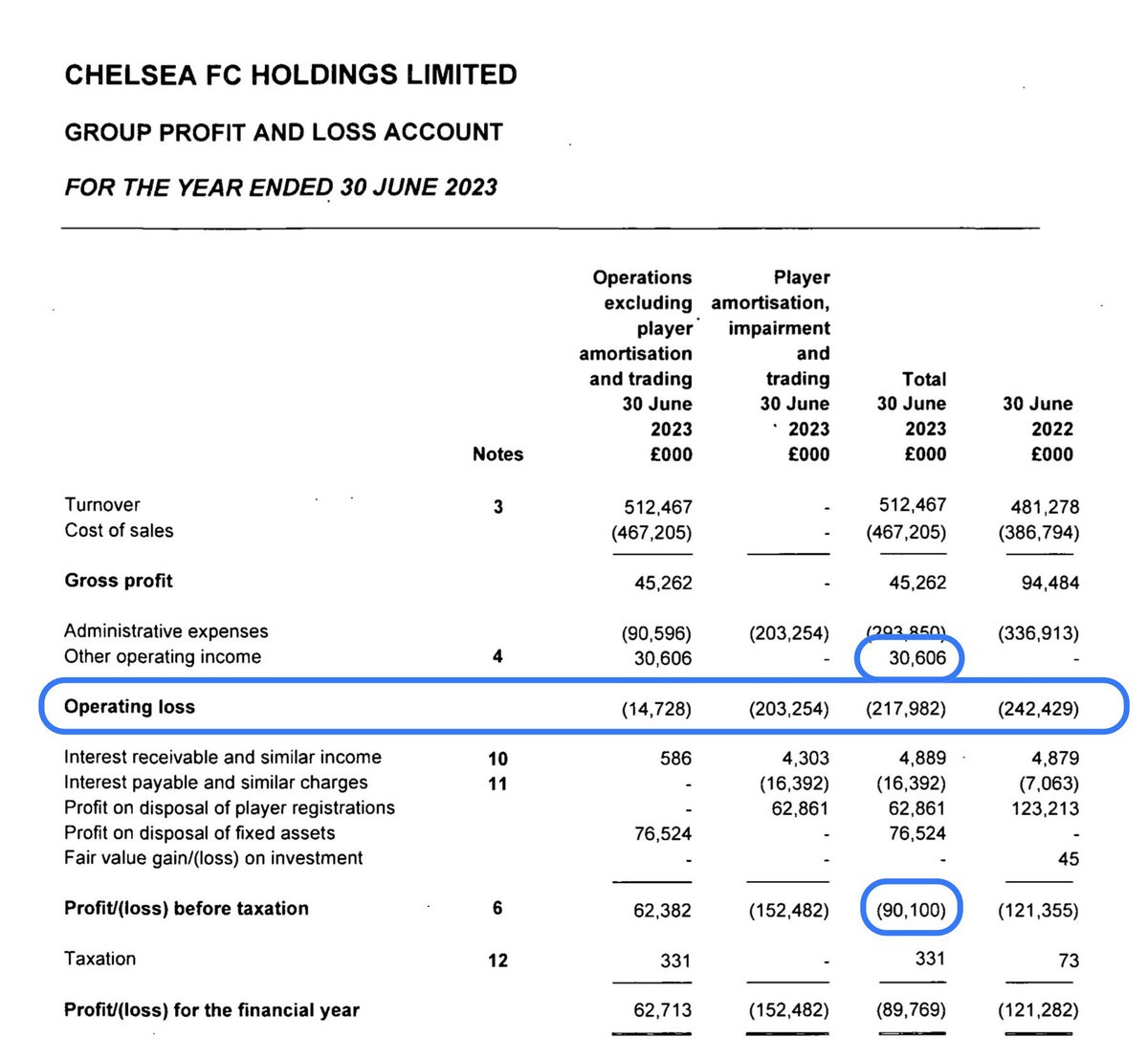Luton Town submit 2021 accounts. Not directly comparable with 2020 which covered 13 months trading. Revenue ⬇️ £2m+ due to COVID. Day to day losses £7m but covid insurance and player sales ⬇️ this to £2m. Previous year showed profit due to bigger player sale gains. #LTFC 

Matchday income ⬇️ £3m due to matches BCD. Luton claimed furlough of £579k and had sense to take out business insurance cover which paid out over £2m on covid claim. 

Luton wage bill lower on monthly basis than 2020. Ave weekly wage £6,500 one of lowest in EFL Championship @ColinMurray compared to average of £15,000 pw. 

Luton owed £893k in outstanding transfer payments to other clubs but due to receive over £4.2m themselves from player sales. 

Luton have borrowed nearly £6m. This mainly loans from EFL to pay outstanding tax as the Luton club owners, unlike one from another club, believe in paying their taxes. 



• • •
Missing some Tweet in this thread? You can try to
force a refresh










































